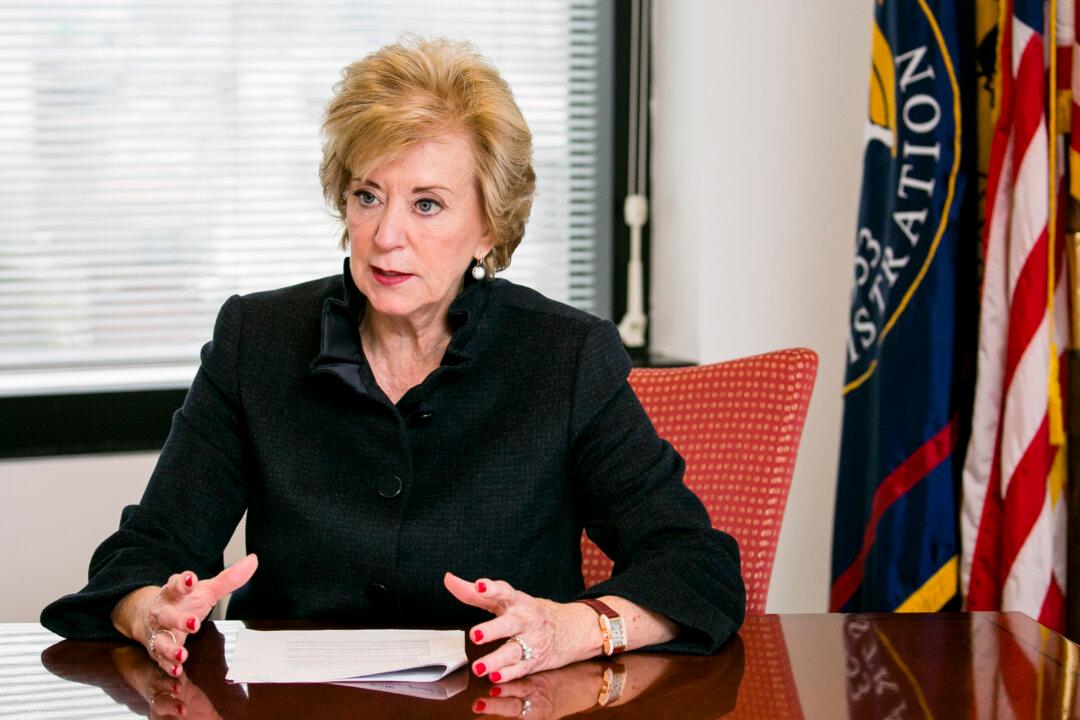WASHINGTON—Small-business optimism in the United States soared last year, reaching the highest level in decades. Thanks to strong credit markets, entrepreneurs have better access to funds now than at any other time in the past decade. And looking ahead, small businesses have more reasons to remain upbeat.
The current fiscal year has already seen a record amount of loans backed by the U.S. Small Business Administration (SBA). The key lending program, SBA 7(a) loans, surged nearly 20 percent year-on-year in dollar terms in the first quarter of the 2018 fiscal year ending December.





